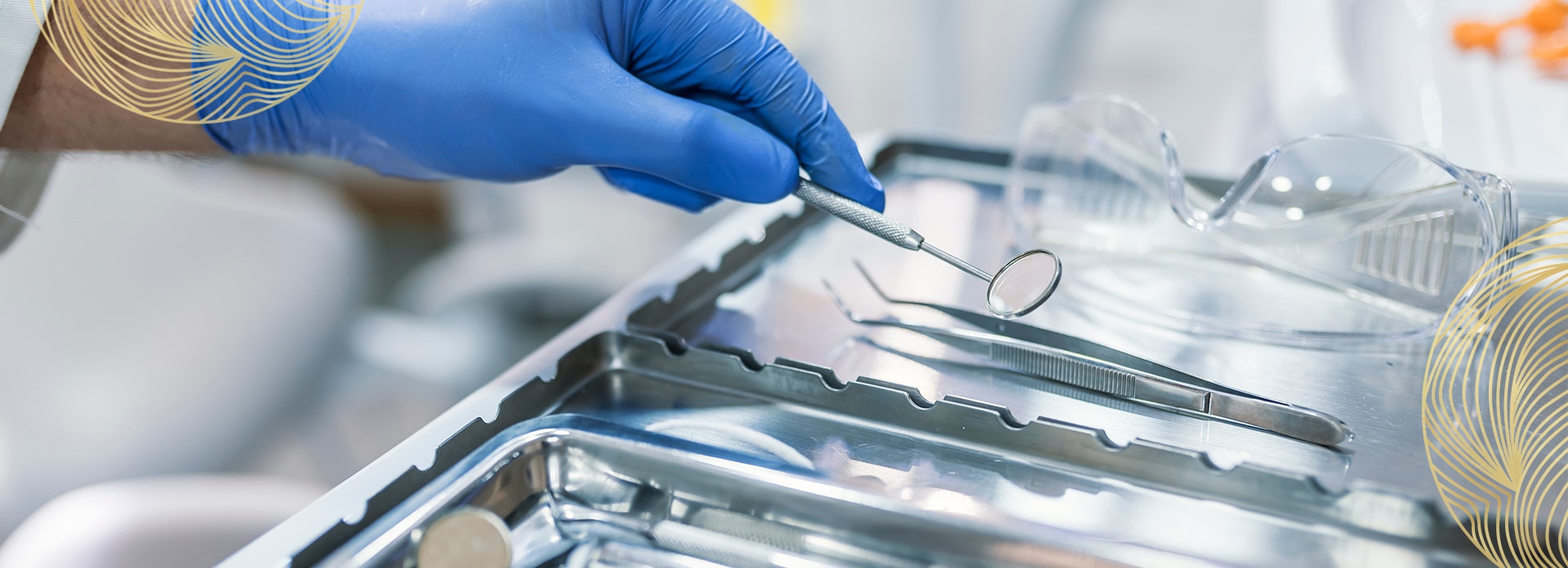Completing Invisalign treatment is a major accomplishment. After months of dedication, aligners have gently guided your teeth into better alignment, improving both appearance and function. But reaching that final tray does not mean your orthodontic journey is over. In fact, what comes next, retention, is a critical phase of care. Without a post-Invisalign retainer, the results you have achieved may begin to shift, sometimes faster than expected.
Teeth have memory. They often want to move back to their original positions. This natural tendency makes retention an essential part of any Invisalign plan. A retainer holds your teeth in place after they have been repositioned, allowing the surrounding bone and tissue to adapt and stabilize.
For patients at Cooper Dental, retention is not an afterthought. It is a necessary part of the treatment plan designed to help preserve the results patients have worked so hard to achieve.
Why Teeth Shift After Invisalign
Even after months of carefully guided tooth movement, teeth are not permanently fixed in their new positions. They are supported by a complex network of bone and ligaments that require time to remodel.
During Invisalign treatment, the bone surrounding each tooth is actively reshaped. Once the aligners are no longer in use, that bone needs time to solidify around the teeth’s new positions.
In the absence of a retainer, daily functions like chewing, swallowing, and speaking can gradually apply pressure that nudges teeth out of alignment. Even unconscious behaviours such as clenching, grinding, or sleeping on one side of the face can contribute to movement over time. A retainer reduces this risk by providing consistent, gentle support during this critical adjustment period.
The Role of Mesial Drift in Long-Term Tooth Movement
One of the more subtle causes of tooth movement is mesial drift; a process where teeth gradually shift toward the centre of the dental arch over time. This movement is natural and commonly occurs in the lower jaw. It is influenced by normal forces like chewing, bone remodeling, and even gravity.
Although the movement is slow, it can lead to crowding and misalignment if not managed properly. Patients who have invested in Invisalign may not notice these changes right away, but over the years, mesial drift can compromise their final results.
Retention is the most effective way to reduce the long-term effects of this subtle shift and protect the alignment achieved during treatment.

What Retainers Do & Why They Matter
A post-Invisalign retainer acts as a stabilizing appliance, holding your teeth in their corrected positions while your bone, ligaments, and muscles adjust. While Invisalign moves the teeth into place, the retainer’s job is to maintain that alignment over time.
There are different types of retainers available. Some are removable and made from clear plastic, resembling Invisalign trays. Others are fixed, bonded to the back of the teeth for continuous wear without needing to be taken out daily. Your dentist can recommend an option that suits your case, but the goal remains the same: keep your smile exactly where it is.
In the weeks and months following Invisalign, consistent retainer use is especially important. During this period, your teeth are most vulnerable to movement. Over time, many patients can transition to wearing their retainer only at night, but regular use remains essential for long-term stability.
What Happens If You Do Not Wear a Retainer?
Choosing not to wear a retainer may not have immediate consequences, but the changes can build over time. Teeth that are not stabilized will begin to shift. This movement can create small gaps, crowding, or changes in your bite alignment. While these shifts may appear minor at first, they can gradually affect both the look and function of your smile.
When alignment begins to break down, the bite can also become less efficient. Uneven wear may develop on certain teeth, and in some cases, patients may begin to experience jaw tension or signs of teeth grinding. These functional issues can be more difficult to correct than the original misalignment and may require new orthodontic treatment to resolve.
How to Care for a Retainer
To keep your retainer functioning properly, regular cleaning and maintenance are key. Removable retainers should be rinsed with lukewarm water after use and cleaned daily. They should be stored in a protective case when not being worn to avoid accidental damage or loss.
Fixed retainers, which are bonded behind the teeth, require thorough brushing and flossing around the wire. A waterpik can also be beneficial. At your regular dental visits, your provider will check for signs of wear, buildup, or shifting. Retainers can become warped or cracked over time, so regular inspections help catch problems early.

Making Retention a Habit
Incorporating a retainer into your daily routine may take some time, but it quickly becomes second nature. Just like brushing and flossing, wearing a retainer is part of maintaining your oral health. Patients who remain consistent with their retainer use are more likely to maintain the results they achieved with Invisalign over the long term.
Keeping a straight, balanced smile requires continued care. Retention is not just a short-term follow-up, it is an ongoing commitment to protecting your results. The retainers should be worn for a lifetime for ideal results.
Supporting Your Smile for Years to Come
Wearing a retainer after Invisalign is not optional; it is essential.
It is the key to maintaining alignment and avoiding the natural forces that can undo the work of your treatment. While Invisalign gave you the smile you wanted and helped stabilize your bite, your retainer will help preserve it.
Whether you are just beginning your Invisalign journey or have recently completed treatment, do not underestimate the role of retention. For more information about Invisalign, retainers, or how to maintain your smile after treatment, contact Cooper Dental at (403) 209-2299 or email info@cooperdental.ca to book your appointment.




